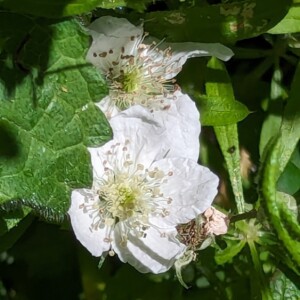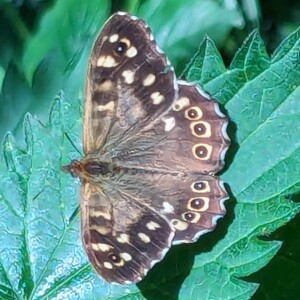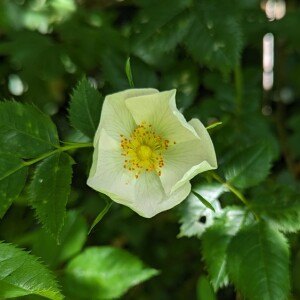Pretty Things
Beauty is in the eye of the beholder. I'm used to the eye-catching goings on in a beehive: the well-known waggle-dance; the queen and her retinue; the elegant precision of new-built comb. But I did a double-take when I saw this one - dusted all over with rich, egg-yolk pollen, an arc of mediterranean ochres; high contrast in ultra-bright afternoon sunshine. Add to that that, it is the perfect frame for illustrating what goes on in a hive (with a caveat). Do you have to be a beekeeper to appreciate all this? I hope not
The top of the honeycomb, especially the corners, is nectar, well on its way to becoming honey. A few of the cells at the top left are almost capped , with the light, white wax they reserve for this purpose. Below that, and surrounding the centre of the frame, is that arc of pollen cells in rich earth-colours. Pollen cells do not get capped, so the colour stays on display
In the centre is the brood area - first the open cells of eggs and larvae less than a week old then, closer to the centre, the capped cells of older larvae metamorphosising into adult bees. The cappings have a little propolis mixed with the wax, resulting in the digestive-biscuit colour, darker than honey cappings
But here comes the caveat: I don't like all those empty cells within the brood area. This implies that the nurse bees have removed developing larvae before they are capped. This could be due to the disease that I am so apprehensive about. If the nurse bees are efficient at removing larvae as soon as they detect something untoward, perhaps that explains why I have not seen any sickness. I will discuss this with the inspector
There are other reasons why this 'pepperpot' brood may happen. It may be that the bees detected they were developing drone larvae, and removed them. If the queen mated with drones that are her close relative, the genetics of bees determines that a higher proportion of these 'inbred' eggs might develop into drones. On other frames, there were some individual drone cells mixed in with the worker brood, which might be ones that evaded the worker bees vigilence. Let's hope this is indeed the cause
A few other pretty things that came my way today included as extras. The bramble flower is another one to make the beekeepers smile, as it indicates the start of summer honey flow




Comments
Sign in or get an account to comment.


